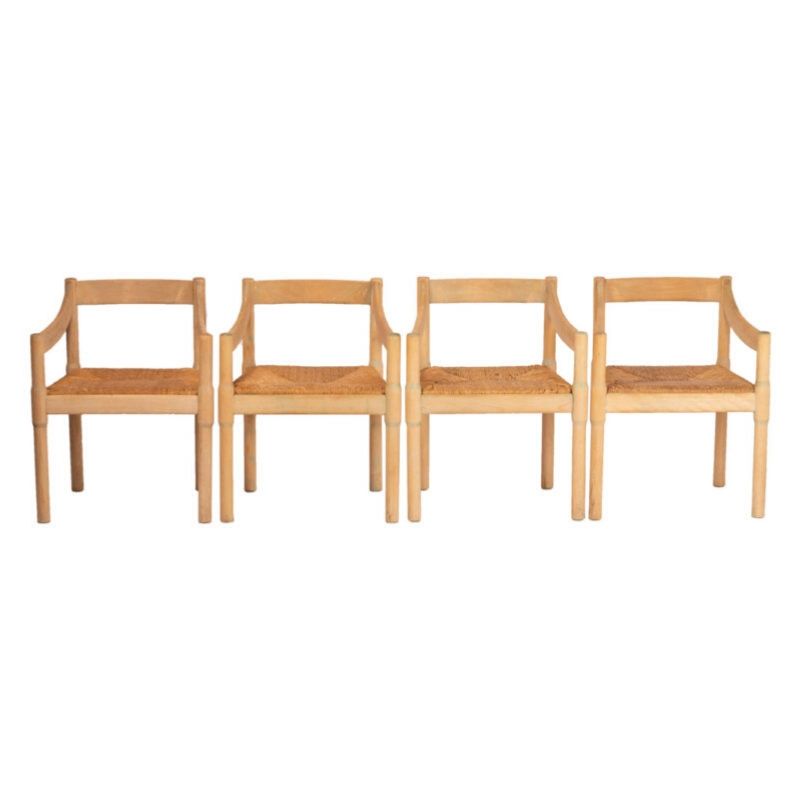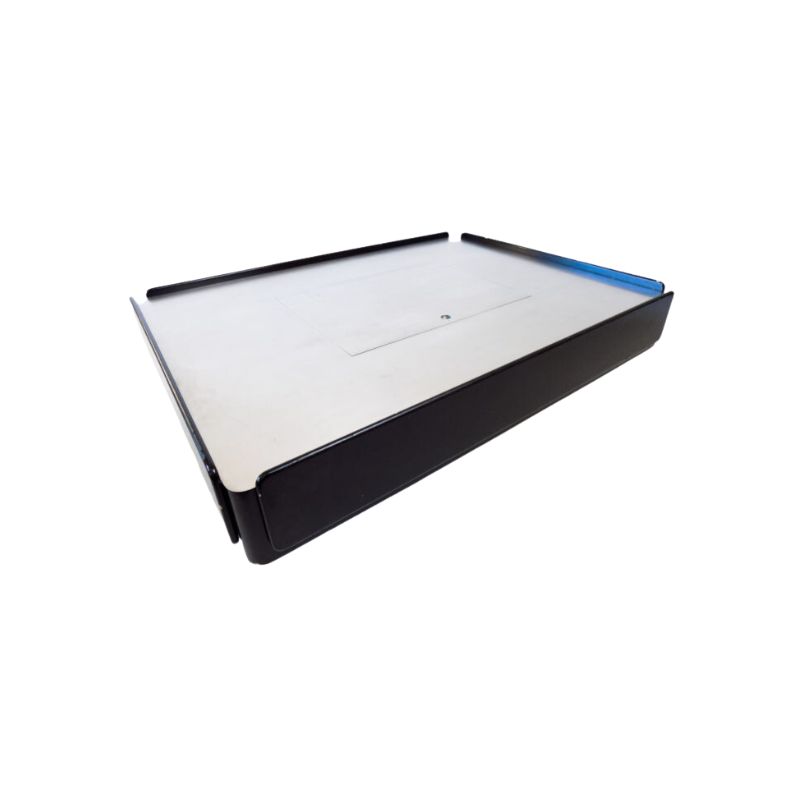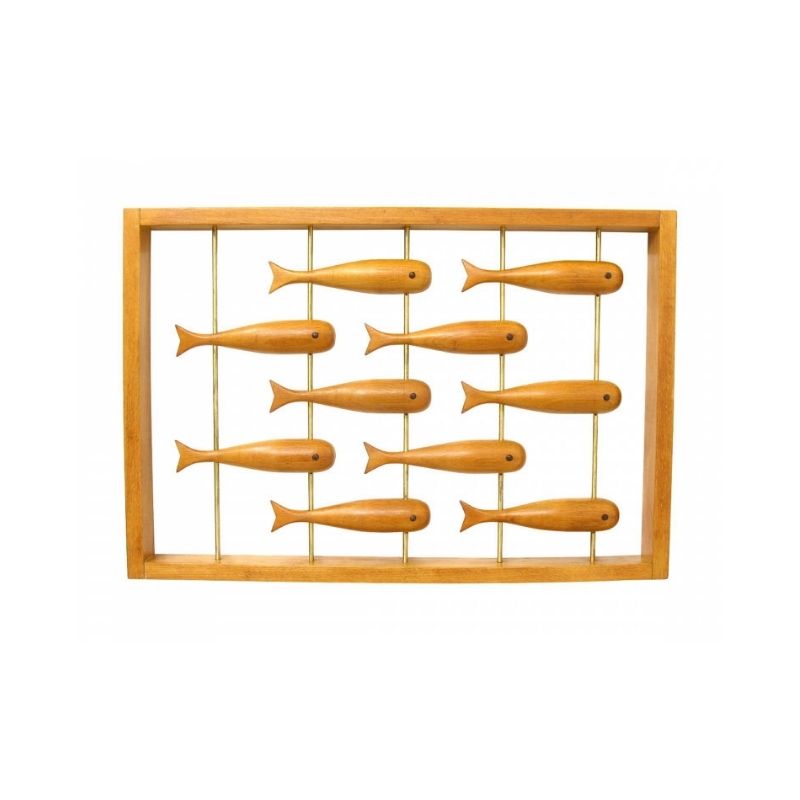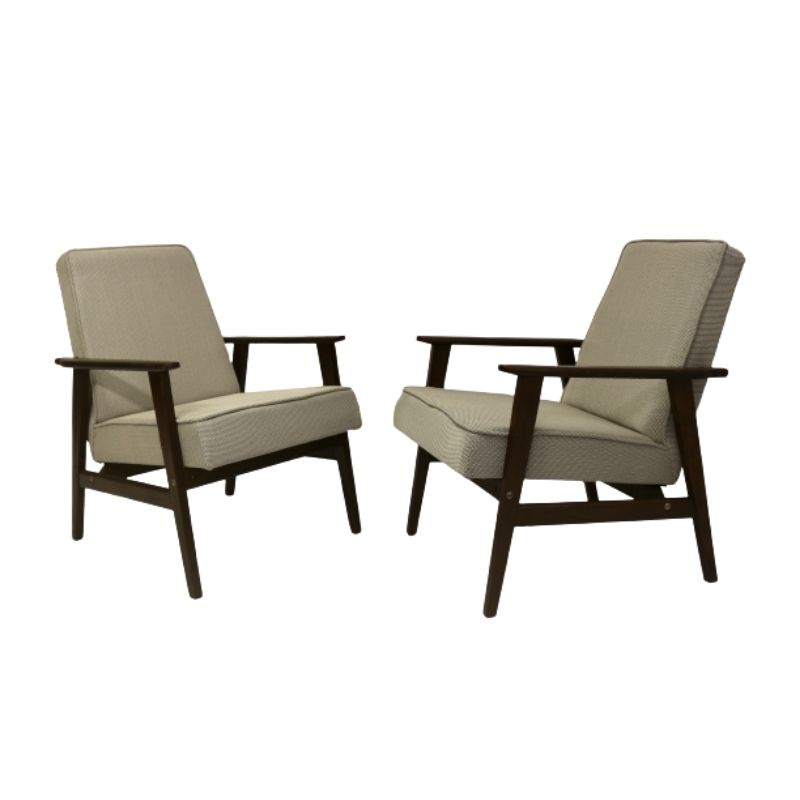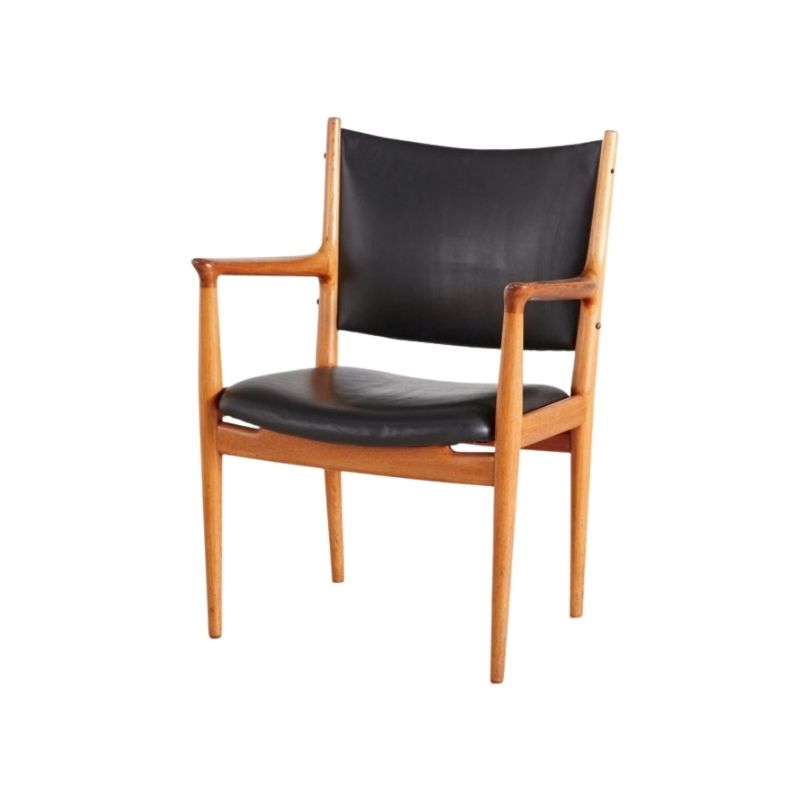I believe they are Heywood Wakefield
I may be optimistic, although not nearly as much so as Paulanna.
Formica/laminate does have it's place though. I wouldn't have to worry about water stains.
But what about HW making teak items? I thought most of their stuff was birch or something like that.
Further reflection upon formica
If faux-grained formica is atop particle board, then it says to me: I want to be real wood and I want to make others think that I'm real wood, but alas, I'm not.
But faux-grained formica atop actual wood says to me: I wish I trusted you enough to not have to cover myself up this way, but I just know you are going to eventually put a wet glass down on me, and I just don't want us both to suffer the consequences. So, I'm doing this for both of our sake's. And I'm adding the grain just to remind you that there actually *IS* real wood under here.
Perhaps I shouldn't be listening to furniture.
Well. . .
I'll buy your distinction. But how often do you find laminate on solid wood ? I agree it would be far superior to a lesser substrate -- remembering always that to remain warp-free the bottom face needs to be laminated too.
Now what are these tables, really. . .? Did Heywood Wakefield really do "Danish" ?
I only have circumstantial evidence to support my belief
But it's pretty strong.
The other day I found 3 items in a local thrift store: a MCM desk and 2 side tables, just like those 3 pictured. The tables were marked with a number and just the word "teak" on the underside. The desk also had a number and "teak" on the back, BUT, inside of one of the drawers was also marked with the Haywood-Wakefield mark. They all had the identical laminate tops.
Here's the kicker: inside the drawer was also a Gideon's Bible. LOL... Clearly, a local hotel/motel is redecorating (or, more likely, going out of business).
Heywood-Wakefield apparently did a lot of contract manufacturing.
True --
but nothing about these, even the laminate (if that's what it is) necessarily makes them "shit" -- from what I have seen so far. The identical materials can be used well or poorly. . .
I don't personally react well the the exaggerated curvature of that top stretcher -- we've seen this several times recently -- but the forms of these tables still seem well-wrought to me. Just because these may have no provenance doesn't negate their possible good qualities -- in my opinion !
When I wrote that faux-wood Formica
"is never good", it was in reference to the original question of identification.
What's the point of "identifying" vintage furniture, unless it appears to be a worthy, superlative example? The fact that these tabletops are made of wood-grain Formica should tell you, at a glance, that they're low to medium quality, mass-produced tables.
After making that determination, knowing WHO designed and manufactured them is superfluous information.
I'm not trying to talk you out of owning wood-grained Formica, buy whatever appeals to you. But, investing time in research of such stuff is senseless, isn't it?
WHC - I couldn't agree more....
WHC - I couldn't agree more. I'm sticking to my considered critical assessment - they're shit. And I mean 'shit' in the wholly pejorative sense should there be any misunderstanding. Maybe its my internet browser at fault but I can't see the banner that says "DesignAddict Forum - Please place links to shit you've seen on Ebay and Craigslist here". I'll try Firefox.
Quality of material
tends to mirror quality of design.
Read this, Dashes. It's a good, short overview of Scandinavian
Modern design in the United States:
http://www.jetsetmodern.com/danish.htm
If you need any help, please contact us at – info@designaddict.com



